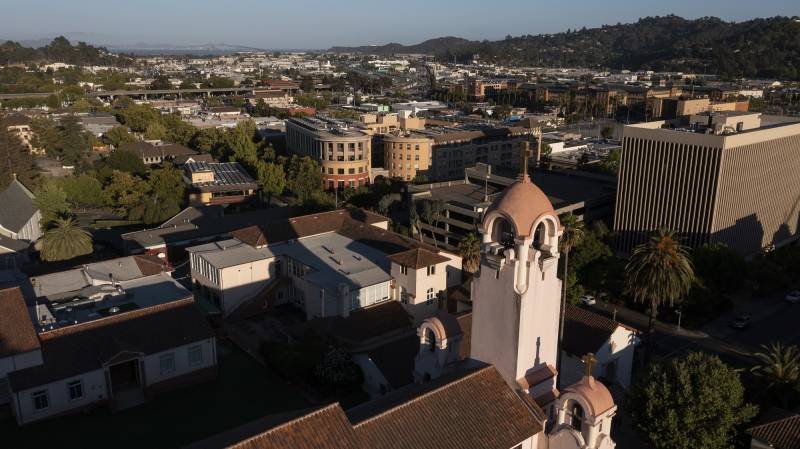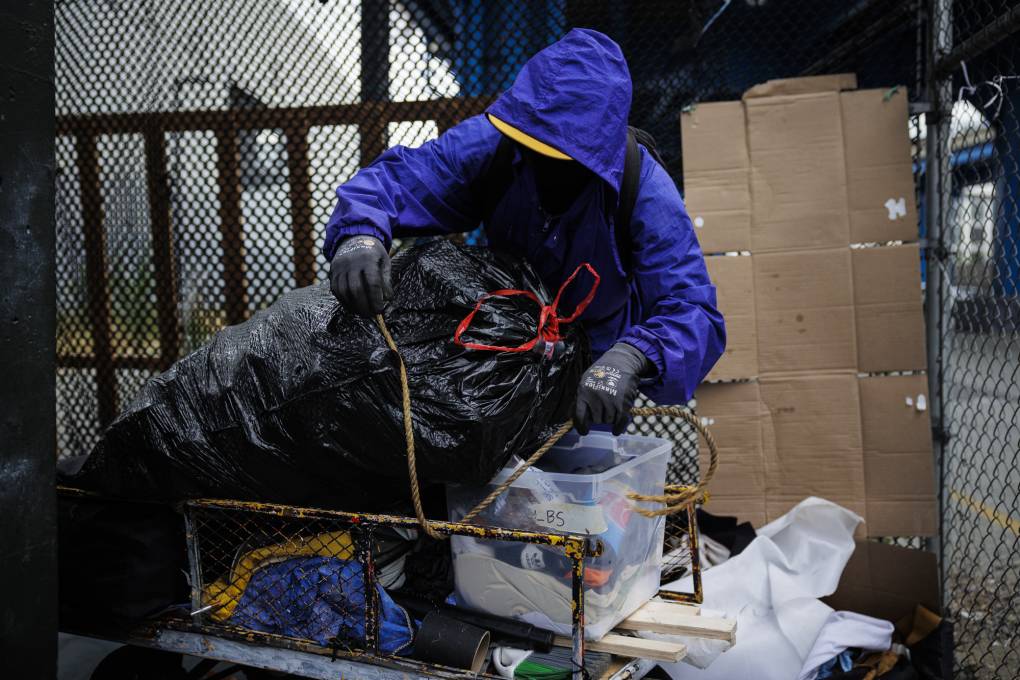On Monday night, the San Rafael City Council also amended the anti-camping ordinance to reflect new flexibility in policing homelessness granted by the Supreme Court and a directive from Newsom to take more aggressive action against public camping.
After the City Council relaxed the rules in April, a judge this month dismissed a lawsuit against San Rafael that had limited its ability to enforce that ordinance, which is key to its strategy for cleaning up encampments. Without that impediment, officials said, they were able to move ahead with the sanctioned camp.
“I am so tired of waiting to take action,” Mayor Kate Colin said during Monday’s City Council meeting. “We all know the status quo is not OK.”
As officials in San Rafael and across the state take advantage of the opening from the court to crack down on encampments, they’re facing a backlash from homeless advocates who warn the tactics only cause more harm.
“There’s a perception among city officials that they can take their gloves off and start pummeling people,” said San Rafael advocate Robbie Powelson, who’s been fighting the city’s policies for years.
He argues the money would be better spent putting people into permanent housing. For the $4,000 per person per month the sanctioned camp will cost, he said, the city could put people up in their own apartments.
But Stefanski said that ignores the amount of support and services unhoused people often need on their path to permanent housing.
The City Council voted to funnel $2.2 million in encampment resolution grants and other state funding toward start-up costs.
Now that they have the green light from city leaders, outreach workers will begin identifying which of the Mahon camp’s current residents want to take up the offer to stay in the sanctioned encampment. Those who don’t participate can still get supportive services and will be free to camp elsewhere in the city as long as they abide by the updated camping ordinance, Stefanski said.
But Stefanski is confident many unhoused residents will embrace the program, whose design is based on comprehensive surveys with residents of the Mahon Creek camp.
“I’m optimistic,” he said. “Because what’s the alternative here?”


